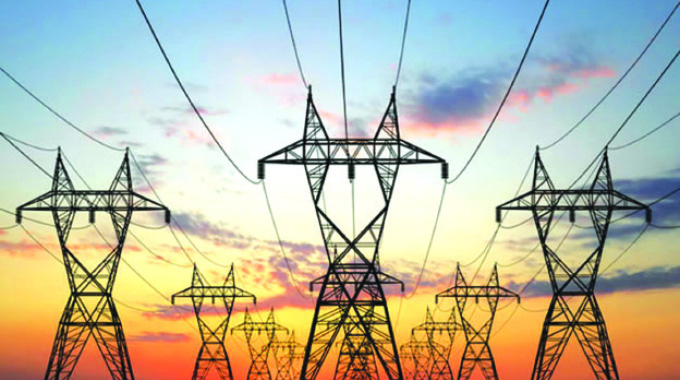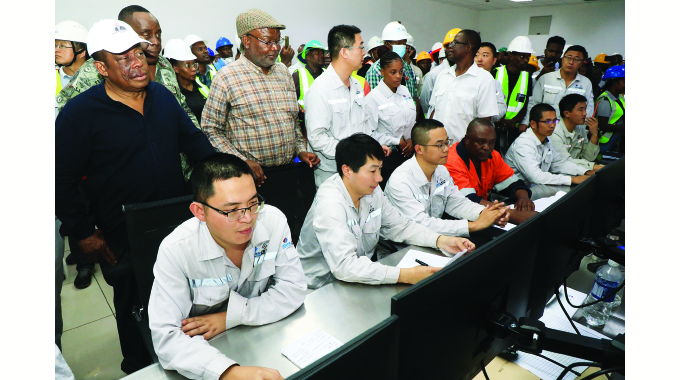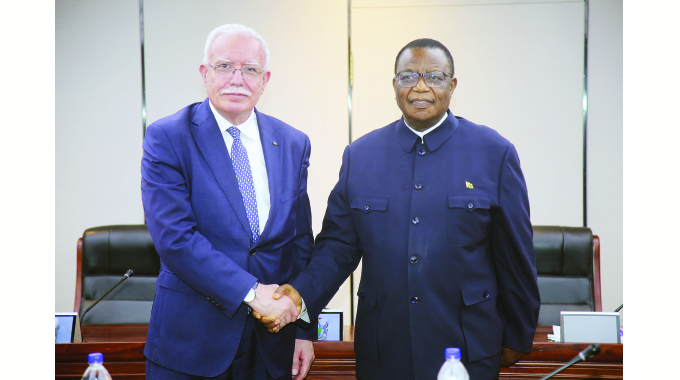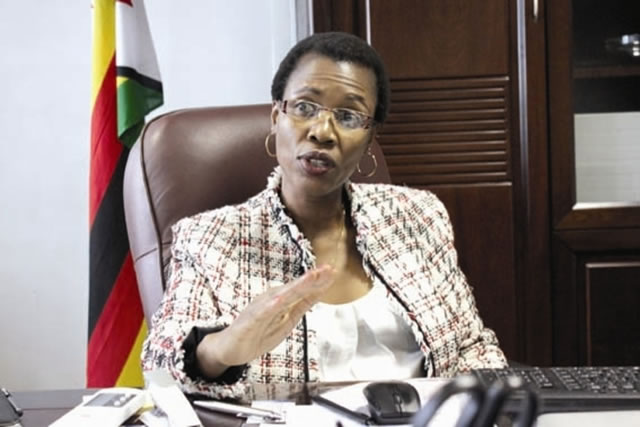EDITORIAL COMMENT : Zimbabwe climbing out of power crisis

The first of Zesa’s brand new generation units, the 300MW Hwange Thermal Unit 7, is finally feeding power into the national grid.
Now with work on its identical twin Hwange 8 moving faster as staff apply their experience, we have bottomed out on the current power shortages and are climbing out of the valley.
It took a bit longer than hoped to get Hwange 7 to the stage where it was synchronised onto the grid, that is feeding power at the precise frequencies and phases of what was already there with zero deviation and so zero risk of faults that could damage, or wreck, generation equipment or injure or kill engineering staff.
Zesa must be commended for sticking to its guns and refusing to take risks and connect the unit to the grid until engineering perfection was achieved.
Zesa has made it clear that there is now the running on phase. The plan is to bring it up to 100MW output fairly quickly and then gradually push down on the pedal until the full output of 300MW can come on stream in a couple of months.
All generation units have a lot of moving parts and a coal-thermal unit has the most.
Drivers fortunate enough to drive a brand new car will have been through the experience where the selling dealer is very careful to explain the need for careful driving at the beginning, with no attempt to come even close to maximum speeds and accelerations and no wild steering as the whole chain of mechanical components settles down. It is much like that with the two Hwange units.
Besides that the engineers will be wanting to do the equivalent of the new-car mechanics when they gaze carefully at the engine to see if there are any leaks or odd noises or the like.
In former times, when highways were strip roads and narrow tar and there was less testing at factories, drivers of new cars had a notice on the back: “Running in. Please pass.” That is where we are on different engineering.
But what we are now getting is that every day, every week, there is a little more power coming onto the grid and as Unit 7 reaches its full output, we will start seeing the early “running-in” stages of Unit 8. This is why we are now moving up the slope from the nadir of our supplies.
At the same time water levels are rising at Lake Kariba, although the flood waters from northern Zambia and Angola are still to come, so our reduced Kariba South supplies are at least secure and as the reserves build up the Zambezi River Authority will start inching up the daily ration to the two power stations. Again it cannot get worse, just better.
A lot is written about the 1 050MW maximum output of Kariba South, although the average output in even a reasonable year will be around half of that. The reason for the extensions to that power station revolve around the fact that a hydro station can very quickly shut down or restart units to meet surges in demand and cope with peaks.
A hydro unit can be shut down in a few minutes to save water and can be restarted and be back on the grid within five minutes; in that time the engineers restarted a thermal unit are still getting the coal to start burning, let alone the water boiling.
This means a hydro station can quickly cope with the early morning and late afternoon and early evening peaks in demand, and then cut right back in the middle of the night to maintain a much lower average.
But that requires a constant 24/7 supply that the hydro largely tops up and that is also the best and most efficient way to run a thermal plant, with no sudden on-off management. This is why Zesa must have Hwange Thermal fully operational.
The new 600MW of the latest two units will provide the bulk of the base load for the time being as they come on full steam, but the National Co-ordinator for programmes and projects and in the Office of the President and Cabinet Engineer Marawa was correct in reminding Zesa that work on the old six 1980s units at Hwange must start promptly as soon as Hwange 8 is commissioned.
At the moment the four 120MW units of the early 1980s and the two 220MW units of the later 1980s are generating less than half their design output, with frequent downtime as faults are fixed.
The programme is a full refurbishment, a total overall if you like, that will see some parts replaced, some rebuilt and some just overhauled.
A few years ago an anonymous engineering source was going around saying a thermal station had a lifespan of 25 years.
That is not correct since there are thermal stations around the world, some next door in South Africa, that are several decades older. But this requires maintenance and replacement of worn equipment.
A thermal unit is a number of modules: coal-feed, boiler, steam feed, turbine, generator, transformer. Generally wear at the dirty and more highly strained end, the coal feed and boiler, is greater than at the other end, although a turbine failure sometimes requires a major replacement part.
So a maintenance cycle requires different sorts of work at different intervals. What the old six are now going to get is a lot of missed work done all at once as each unit is opened up, the expired equipment and modules replaced and the rest rebuilt to full specification.
We should get better efficiency on those original designs and perhaps even a bit more output. That happened once at Kariba South in the years after independence.
A hydro station like Kariba South works by water accelerating in velocity down the shaft from the inlet valve to the turbine and then transferring all that kinetic energy in the fast moving water to spin the turbines.
When it comes out the other side it is thus moving slowly and that can be a dampener. An upgrade in design of the tail races, the water exits back into the river, managed to get that used water out quicker and each unit was upgraded from 111MW to 125MW without using any more water.
We will also need to look in the future at the need for continuous programmed maintenance so faults are rare and everything works all the time.
Regulator Zera must ensure that Zesa is efficient and not padding costs, but legitimate costs include proper maintenance and if we have to pay a US cent or two for each kilowatt hour many will accept that, in return for 24/7 supply.
This can be debated, and perhaps tariffs need more debate and explanation so we know exactly what we are paying for and that includes the cost of a continuous supply, year in and year out.
Meanwhile, we are now moving out of our worst shortage, but we need to maintain this progress and consolidate that progress.











Comments